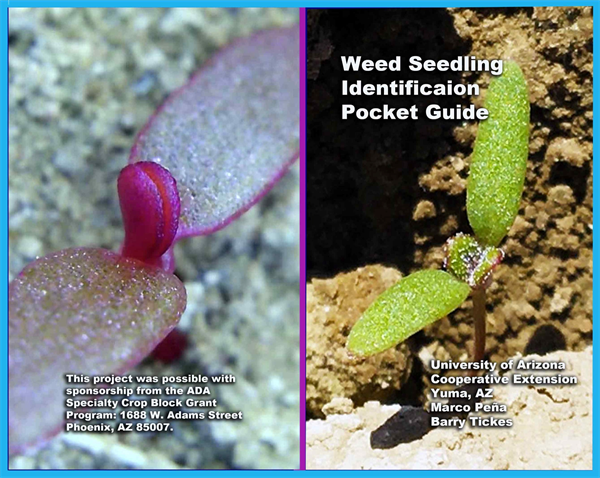Before making decisions for weed control it’s imperative to have a proper identification of the plant species. There are two names for plants:
The common name, which is a name that people come up with in a certain region to describe a particular weed and it varies by region and therefore can be confusing. Then we have an exact scientific name for each species that is based in the binomial nomenclature system started by Carl Linnaeus in 1753. This binomial (or two term) system includes the genus and the species, which is used worldwide1.
Some very close species from the same family can be controlled by the same product but occasionally their herbicidal susceptibility varies. Such is the case of Chenopodium murale (goosefoot) and Chenopodium album (lambsquarter) two very close and similar species. A product like Pursuit (Imazethapyr) has good activity on goosefoot but can’t control lambsquarters. With accurate identification in a mixed population, you would be able to determine what strategy to use or select the herbicide that would control both species.
There are about 75 weeds most common in Arizona and are included in the PCA2 study guide, but many other species could be introduced to the State and complicate our crop production systems. Two great tools for weed identification are the books “An Illustrated Guide to Arizona Weeds” that lists 172 species, and “Weeds of California and Other Western States” which has at least one photograph of 735 weeds.
Another weed identification tool is the book “Weeds of the West”.
Additionally, there are many phone applications that can be used as identification tools such as “id weeds”, “PlantNet”, “PictureThis”, “iNaturalist”, “Seek”, “PlantSnap” and “LeafSnap”. When we have problems with weed ID we contact the UA herbarium.
Thank you for sending samples for Weed ID to the IPM Team it is always a learning experience.






